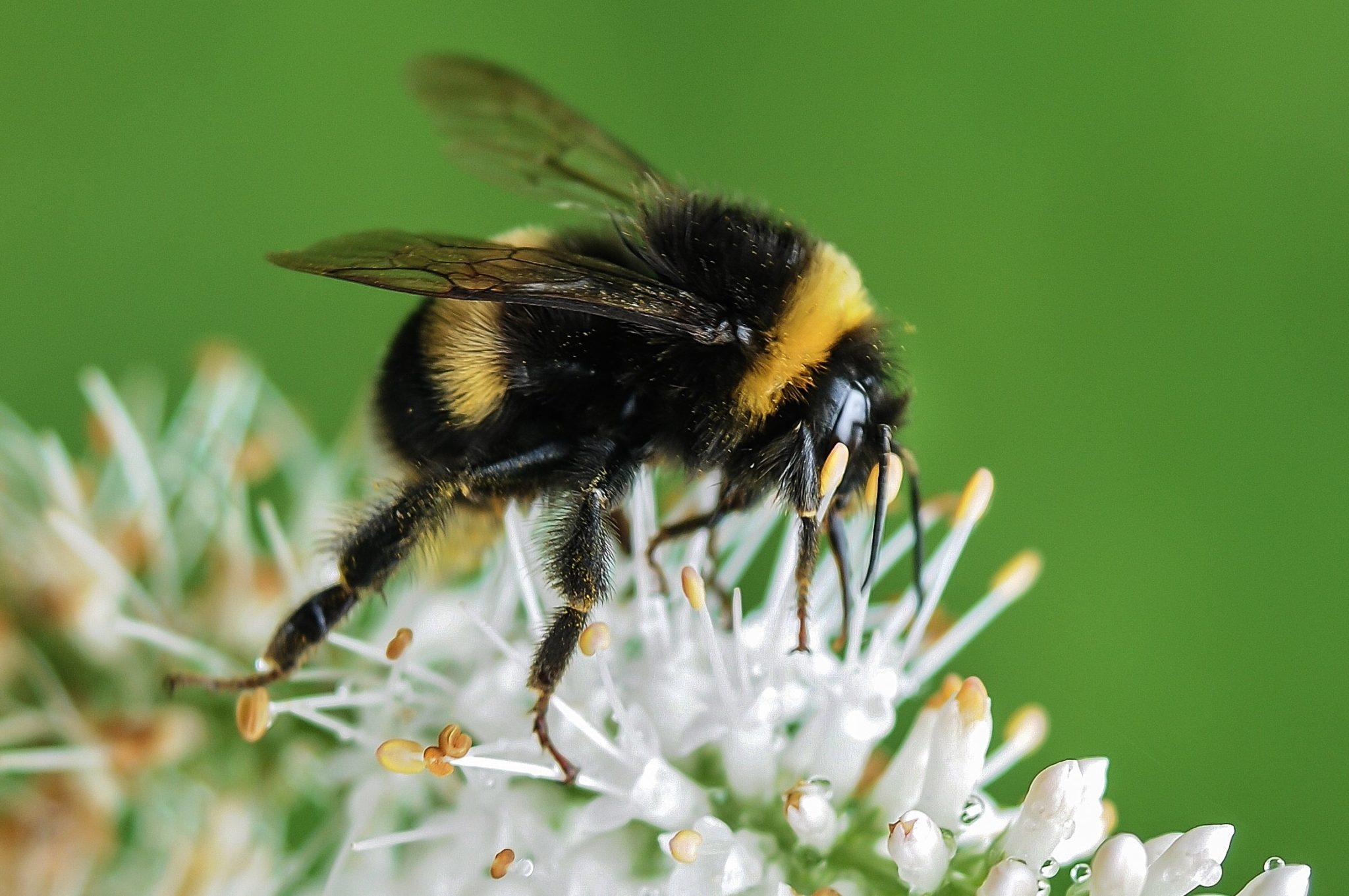It seems like we are surrounded by bugs in the summer months, but they disappear come January and February. So, where do they go?
The answer is that different species of insects have different ways of handling the cold, and some don’t handle it at all. Monarch butterflies, for example, migrate south. Often species that are migratory head south, lay eggs then die. When those eggs hatch offspring fly north for the summer and start the process all over again. Other species, like some crickets, lay their eggs, which survive the cold temperatures, die, and then the eggs hatch in the spring. The only purpose these insects serve is reproduction. Once that task is complete, their life is over and the cycle begins again.
In another group of insects, the job is to keep the queen warm, content and well fed. These bugs live in colonies and can be found indoors or out, any place where they are protected from the elements. Some insects living in colonies are ants, bees and termites. Ants are able to seal off the entrances to their colonies and become dormant over the winter. And, bees flutter their wings enough to produce heat to keep everyone warm in the colony, especially the queen. Without the queen, the colonies can not survive so she is vitally important.
Finally, several species of insects hibernate in the winter. While ladybugs seem to like man-made structures to find enough warmth to make it through, most insects will hibernate in rooted logs or in the soil under rocks. Their systems go dormant during the cold temperatures. The wooly bear moth caterpillar, however, has a natural anti-freeze in its system, so its internal fluids keep moving throughout the winter.
So, with each species of insect, comes a different lifecycle and life expectancy. And, when the warm weather hits, they are all ready to start a new season.


